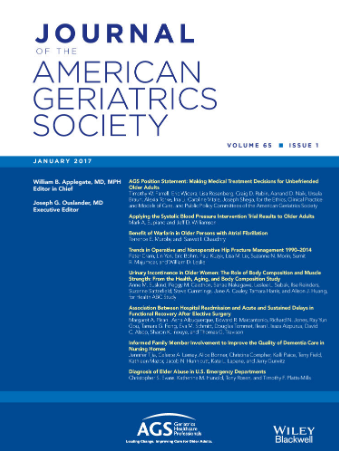Buprenorphine prescribing practices for older adults in 2019 and 2020
Abstract
Background
Opioid use disorder (OUD) prevalence has increased threefold among Medicare beneficiaries 65 years and older (hereafter “older adults”) since 2013, with a prevalence of 15.7 per 1000 Medicare beneficiaries in 2018. Yet, access to treatment that addresses the needs of older adults with OUD is limited, including patterns of buprenorphine prescribing to older adults. Therefore, we sought to describe buprenorphine treatment patterns among older adults and prescribing clinician specialties.
Methods
We conducted a retrospective observational study using 2019–2020 IQVIA Real World Data–Longitudinal Prescriptions. High-prescribing clinicians are those who prescribed buprenorphine to >15 unique older adults within a calendar year. We used T-test and chi-square tests to compare characteristics associated with differences in prescribing.
Results
Among 26,202 clinicians prescribing buprenorphine to 67,921 unique older adults, 1232 (5%) prescribed to more than 15 older adults (mean 28.1, SD = 23.6), corresponding to buprenorphine prescribing for 24,672 (36%) older adults. Among older adults dispensed buprenorphine, the majority (58%) were 66–70 years of age and male (54%). Individuals older than 70 years (44%) and males (51%) were slightly more common among high prescribers than non-high-prescribing clinicians (41% and 49%, respectively). Primary care clinicians (42%) and advance practice providers (APPs) (29%) were the most common specialties prescribing buprenorphine. Most (87%) buprenorphine prescribers were in urban counties; with a slightly higher percentage of high-prescribing clinicians in urban counties (91%).
Conclusions
A relatively small subset of clinicians prescribes most buprenorphine to older adults. This work provides evidence of gaps in care delivery. Scalable systems-level interventions should be developed and tested to improve treatment availability mindful of existing clinical infrastructure.

 求助内容:
求助内容: 应助结果提醒方式:
应助结果提醒方式:


